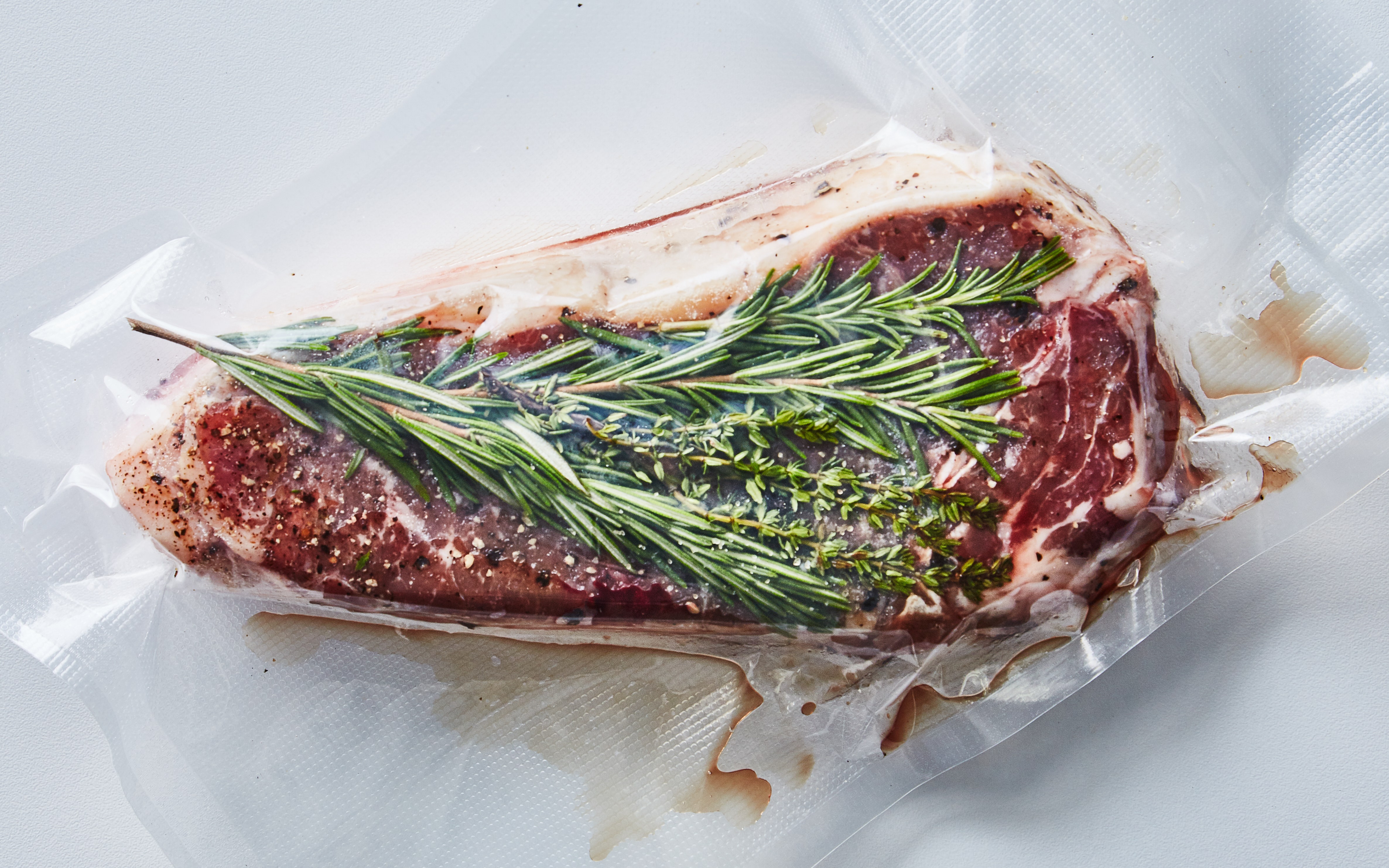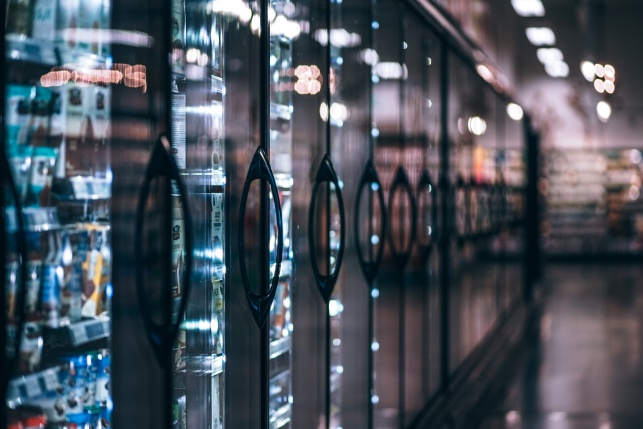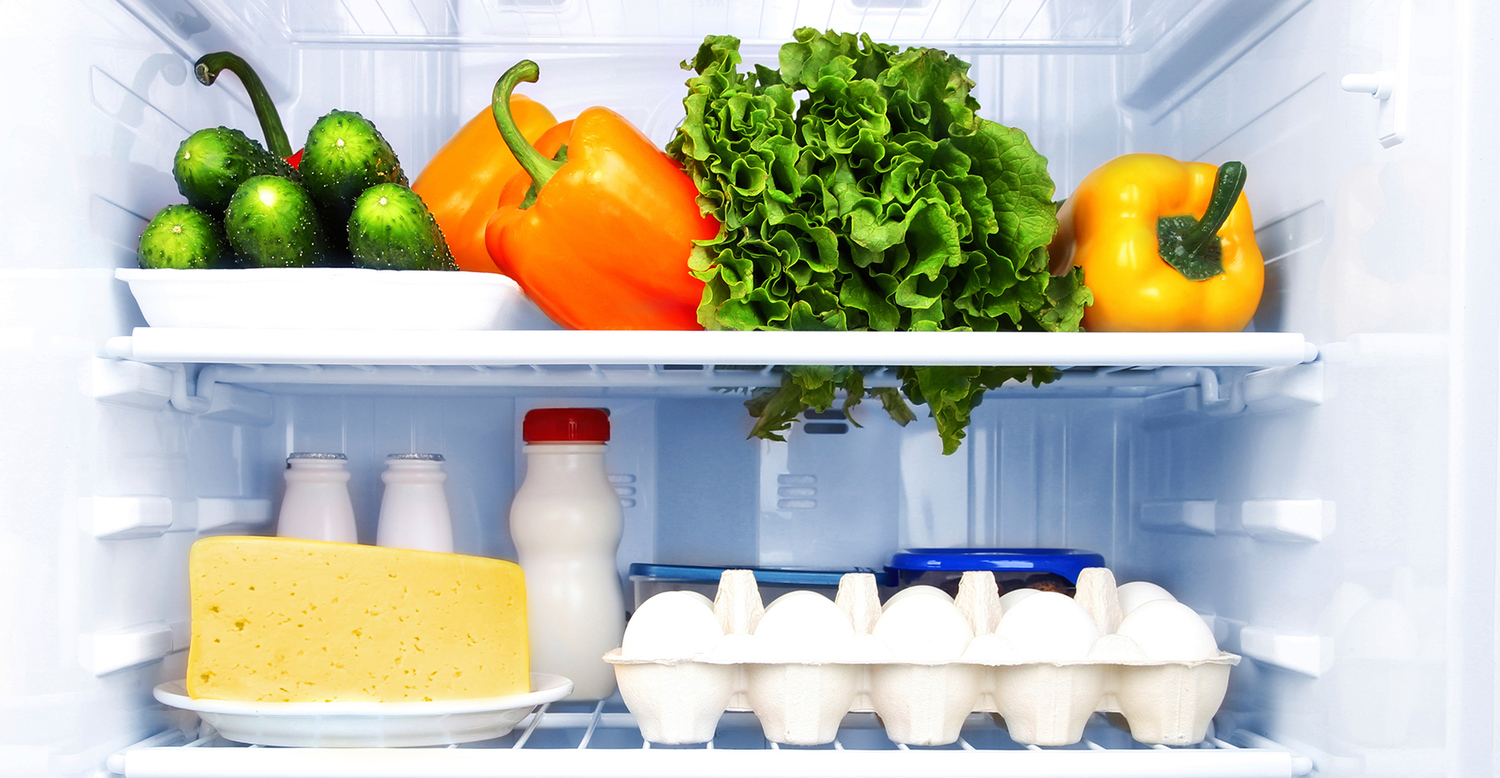When it comes to vacuum packaging, there is more to it than simply having a vacuum pack machine. Given that these machines aren't exactly inexpensive, it is imperative that you have the necessary knowledge to be able to decide wisely when it comes to its usage. This is especially true if you're just starting to opt for vacuum packaging to protect and preserve the quality of your foodstuff.
The application of vacuum packaging is numerous, so it can also be used for pharmaceutical, industrial, and consumer goods packing. It is also worth noting that depending on the manufacturer, different types of sealer bags are compatible with different vacuum sealer machines.
Here's a handy guide to choosing the right vacuum bag for your packaging needs.
Bag type
Generally, this depends on the type of vacuum sealer being used. It can be divided into three types, namely chamber vacuum sealer, out of chamber vacuum sealer and nozzle vacuum sealer.
Standard vacuum bags are smooth and ideal for most products. However, it is not for use with products that have sharp edges or corners such as bones or pointed metal objects. Certain manufacturers also offer these bags in a pre-cut option, such as edge seal pouch, tubular pouch, tubular shrink pouch and side seam shrink pouch. Futhermore, some are also specifically designed to withstand the high temperature and the intense pressure that comes with sous vide cooking.
As the name suggests, channeled vacuum bags or embossed vacuum bags have a textured surface. The channeled bags allow air to escape easier from the bag and also possess a higher than usual oxygen barrier.
Vacuum zipper bags have a smooth and clear surface with a zipper for easy opening. It is commonly used to package meat.On the other hand, notched vacuum bags have an easy to open tear notch.
For a more customized option, vacuum bag rolls are also available and it allows you to create small, medium and big sizes of bags. As it is in a tube design, you can cut out the length of the bag depending on how much you need it. Bear in mind that you have to seal one end of the bag before proceeding to fill and vacuum seal it.
Bag thickness
The durability of a bag is determined by its thickness, and it allows you to know how well it will stand up to accidental rips, tears, or punctures. For long term storage in the refrigerator or freezer, thicker bags are the way to go.
Vacuum bags come in three levels of thickness – 5 mil, 4 mil, and 3 mil. A 3 mil thickness is equivalent to 3 thousandth of an inch and it is thick enough to provide a dependable sealing for long-term storage. A 5 mil bag thickness or higher would be suitable for large products with sharp edges and jaged corners.
For sous vide cooking, 3 mil is sufficient for most sous vide recipes at temperatures below 82°C while thicker bags are often used for cooking in temperatures higher than 82°C.
When it comes to choosing the right bag for sealing, you might think that it is a good idea to go for the thickest bags in the market. But it is actually not that simple. With thicker bags, more heat is also needed to properly seal it in whereas the sealer might just burn through a bag that is too thin. When the bag is too thick, you could run the risk of not having your product sealed properly.
In this regard, a good rule of thumb would be to always try to find the thicker bags for sealing and compare two or three bags for the thickness. A good sealing fix is dependent on the thickness of the bag. Be sure to always check the thickness of the bags before you decide to purchase.
Bag material
The most common vacuum bags are multilayer PA/PE. Polyamide (PA) works as an oxygen and aroma barrier to form an impenetrable exterior and polyethylene (PE) is a food-approved interior that acts as a water vapor barrier and sealing layer. These materials are specifically designed for reduced air permeability to hold and maintain an airtight seal.
Beyond the standard PA/PE, the composition of vacuum bags can vary widely. There are PE/Nylon/EVOH (Ethylene Vinyl Alcohol), OPET (Oriented Polyethylene Terephthalate)/PP and OPA (Biaxially-oriented polyamide)/ PP (polypropylene), to name a few. Additionally, those made of multi-ply polyester film can have as many as 9 layers.
Ultimately, the composition of the vacuum bags of your choosing is based on its application. This is beacuse the properties of each bag type is determined by the relative proportions of each material. For instance, bags made of PA/PE are safe for boiling at at 100°C, but not for sterilization at 121°C. In contrast, bags made of PA/PP or PET/PP can be used for sterilization purposes. All vacuum bags can be considered freezer-safe.
For the purpose of food safety, it would be wise to opt for BPA-free and FDA-approved vacuum bags.



